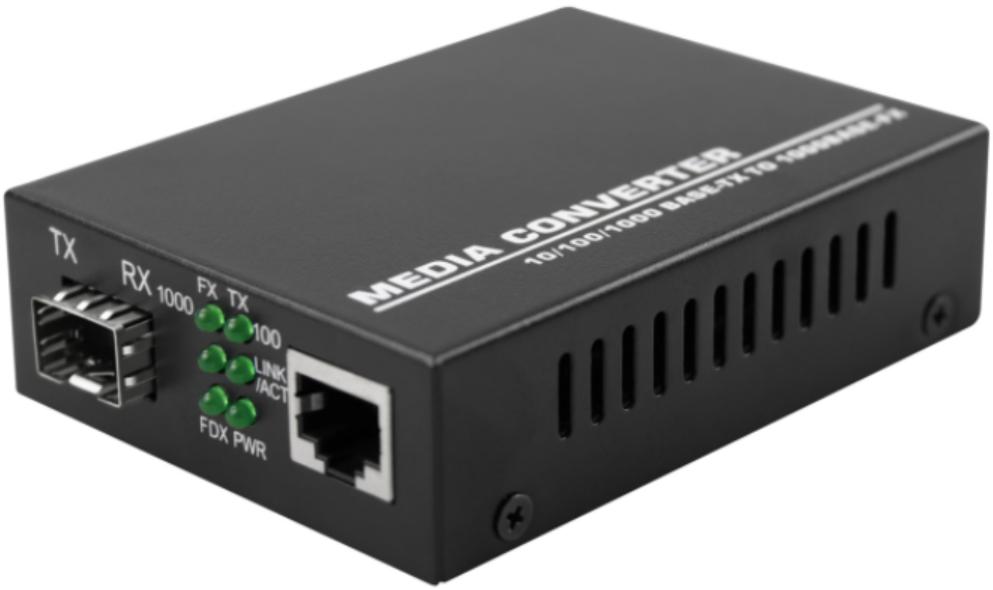At present, the fiber optic transceivers produced by our company are mainly divided into three categories: 1*9 100M series, 1*9 Gigabit series, and SFP Gigabit series.
1. 1*9 100M series
10/100M Adaptive Fast Ethernet Optical Transceiver is to complete the photoelectric conversion between 10/100Base-TX and 100Base-FX. The transceiver supports IEEE802.3 10Base-T, IEEE802.3u 100Base-TX/100Base-FX standards at the same time, supports full-duplex or half-duplex mode, and is an ideal device in campus and backbone network or exchange shared Ethernet cabling environment . It can be used to connect servers, workstations, HUBs and switches; the transceiver has two optical fiber transmission modes, single-mode and multi-mode, and has a variety of transmission distances (2KM~120KM) Optional optical fiber interface (1*9 module interface type SC /FC/ST) and RJ45 interface, conventionally use 100M single-mode single-fiber 1 optical 1 electrical SC 20KM, 100M single-mode dual-fiber 1 optical 1 electrical SC 20KM.
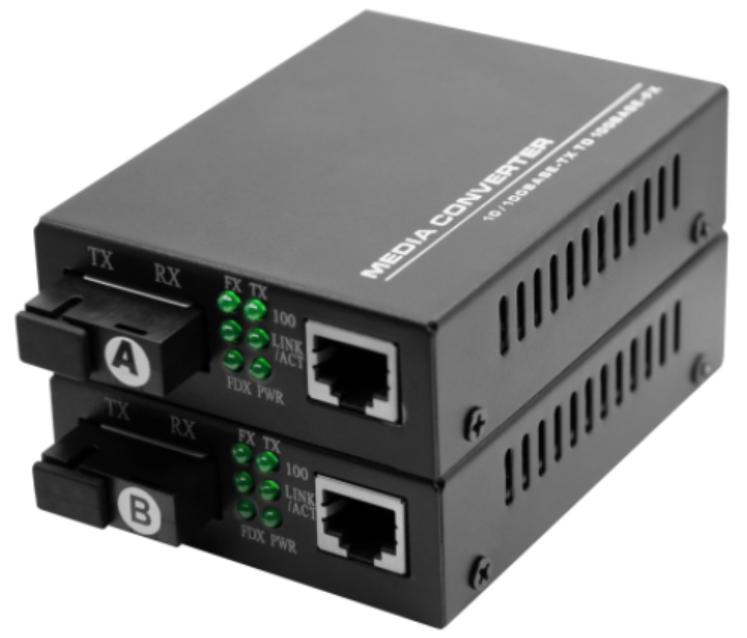
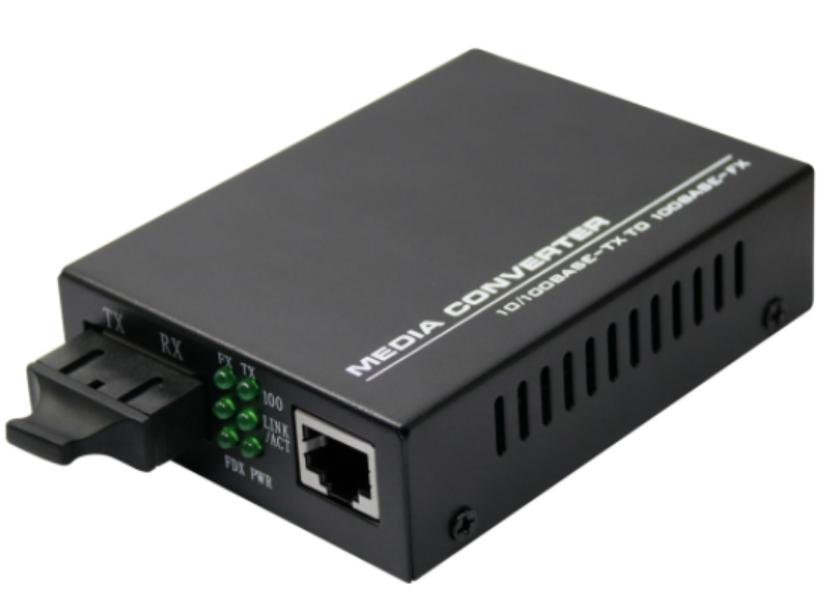
100M single-mode single-fiber 1 optical 1 electrical SC
100M single-mode dual-fiber 1 optical 1 electrical SC
2. 1*9 Gigabit series
Gigabit series Ethernet fiber optic transceivers comply with IEEE802.3 and IEEE802.3ab standards regardless of optical interface and electrical interface. The working rate of its optical path and circuit can reach 1000Mb/s, and the transmission distance on single-mode fiber can reach 120 kilometers. It is especially suitable for the transmission of urban backbone networks. It is mainly used in the Gigabit link of Ethernet equipment, which extends the transmission distance of the network through its own photoelectric conversion, and at the same time expands the bandwidth of the network to 1000M. All gigabit network devices such as switches and routers that conform to the Ethernet standard protocol can communicate with it. Support community access, comprehensive office building access and enterprise user access. The transceiver has two optical fiber transmission modes, single-mode and multi-mode, with various transmission distances (550M~120KM) optional optical fiber interface (1*9 module interface type SC/FC/ST) and RJ45 interface, conventional use Gigabit single-mode single-fiber 1 optical 1 electrical SC 3/20KM, gigabit single-mode dual-fiber 1 optical 1 electrical SC 20KM.
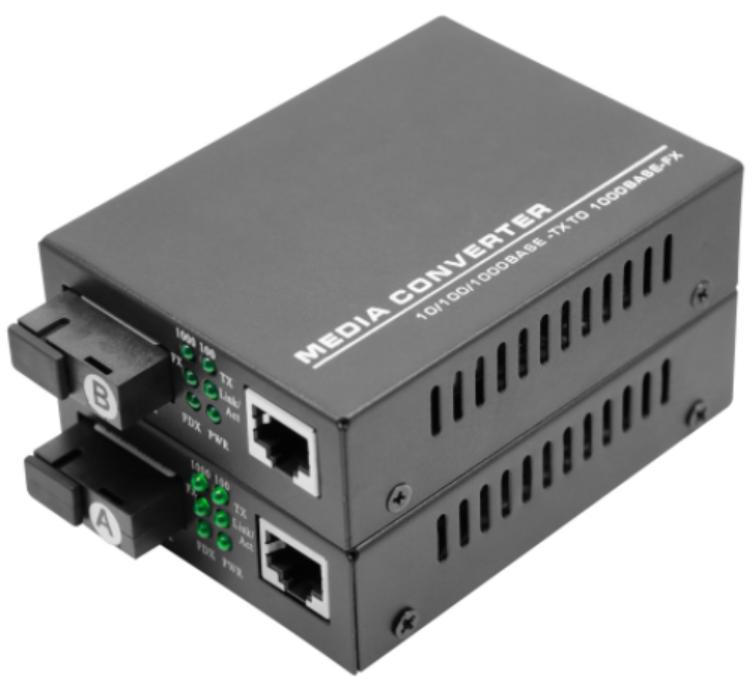
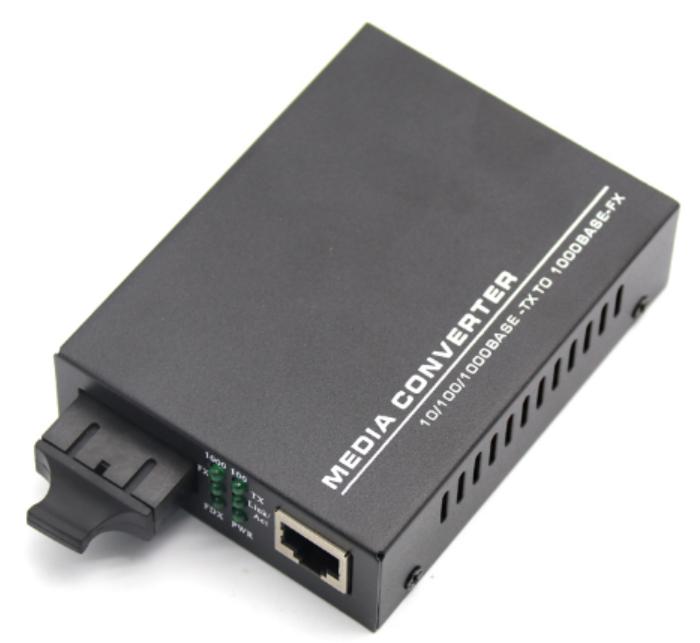
Gigabit single-mode single-fiber 1 optical 1 electrical SC
Gigabit single-mode dual-fiber 1 optical 1 electrical SC
3. SFP Gigabit Series
Gigabit SFP port Ethernet fiber optic transceiver conforms to IEEE802.3 and IEEE802.3ab standards regardless of optical interface and electrical interface. The working rate of its optical path and circuit can reach 1000Mb/s. Users can choose SFP modules with different interfaces according to their needs, and the transmission distance on single-mode optical fiber can reach 120 kilometers. It is suitable for the transmission of the urban backbone network. It is mainly used in the Gigabit link of Ethernet equipment, which extends the transmission distance of the network through its own photoelectric conversion, and at the same time expands the bandwidth of the network to 1000M. All gigabit network devices such as switches and routers that conform to the Ethernet standard protocol can communicate with it. Support community access, comprehensive office building access and enterprise user access. Routinely use SFP gigabit 1 optical 1 electrical.
